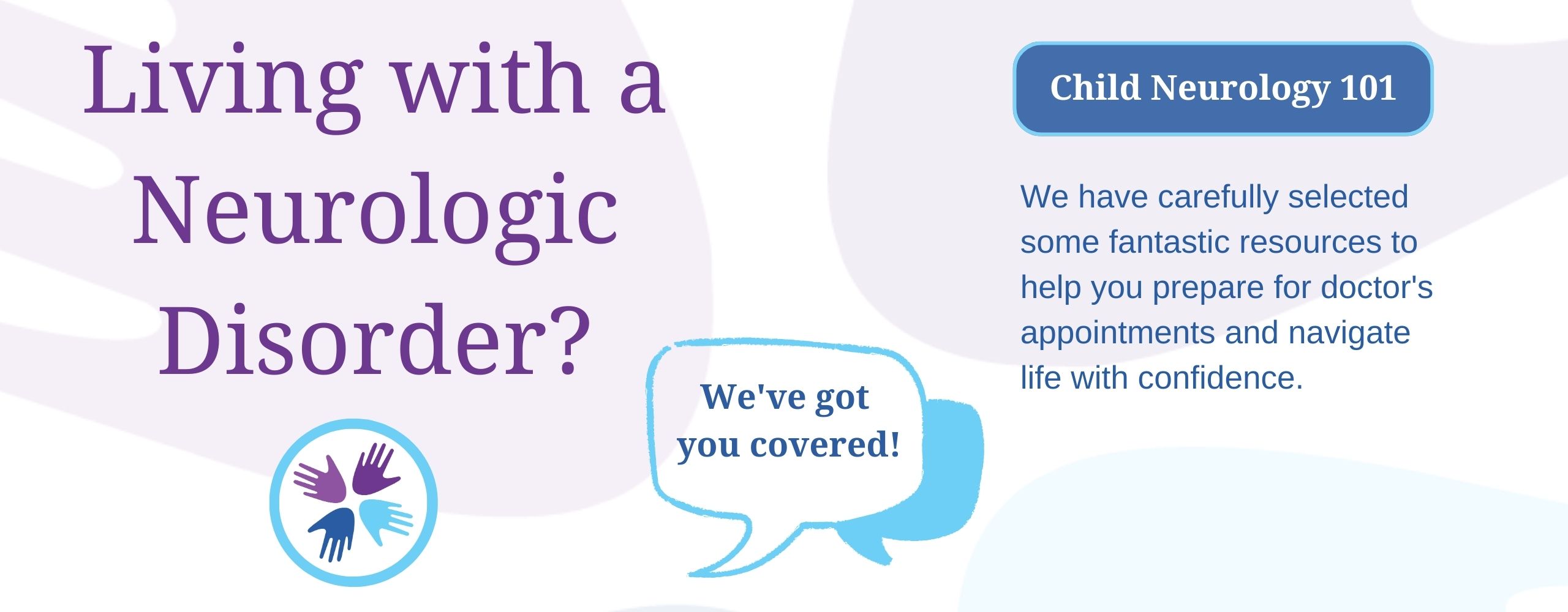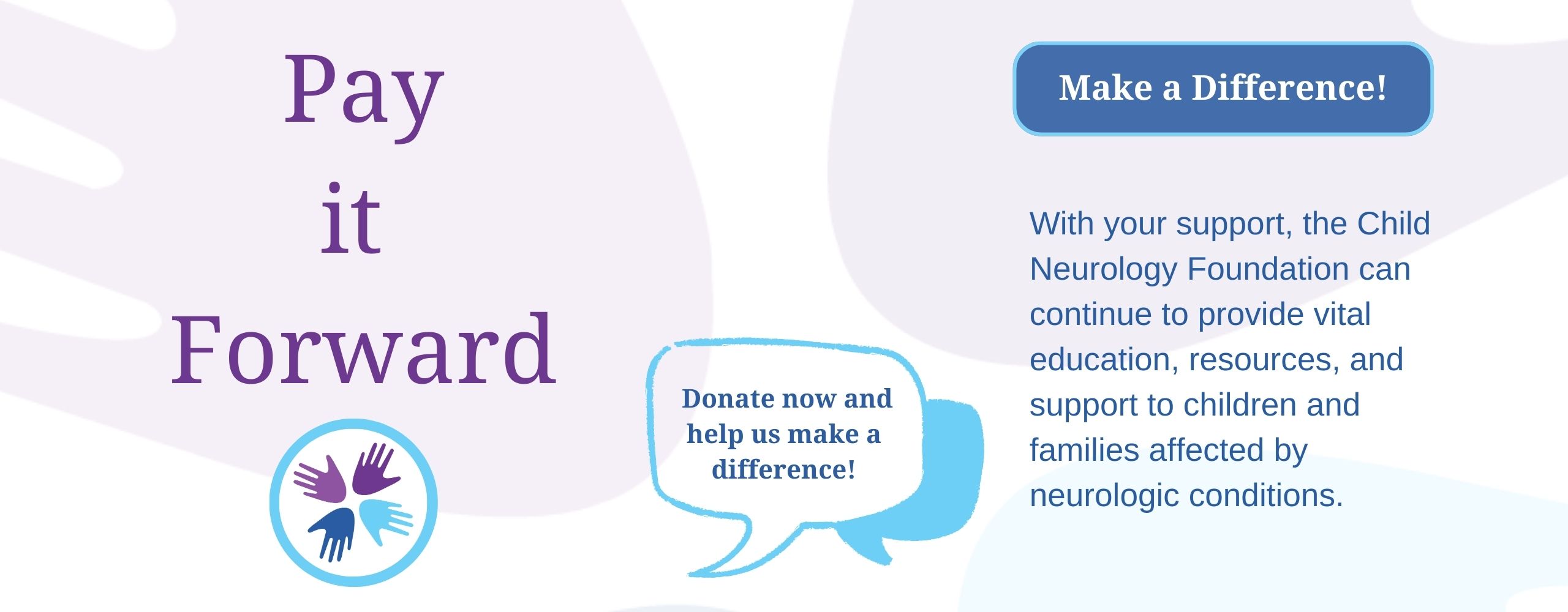
Authors: Praveen Kumar Ramani, MBBS, University of Arkansas/Arkansas Children’s Hospital Alison L. Christy, MD, PhD, Providence Pediatric Neurology at St. Vincent Medical Center—Portland, Oregon
Reviewed: September 2023
SUMMARY
NGLY1-CDDG stands for “NGLY1-related congenital disorder of deglycosylation.” It is a rare disorder. It is caused by a variation in the NGLY1 gene.
Children with this disorder may have:
- Atypical movements
- Decreased tear production and other eye problems
- Liver problems
- Delays in the development of skills like talking and walking
This condition is typically diagnosed through identification of a variation in the NGLY1 gene. There is no specific treatment. However, therapies can help with the symptoms of the disorder.
- Brain tumors
- Other brain diseases
JUMP TO
Disorder Overview
DESCRIPTION
NGLY1-CDDG is a very rare disease. So far, fewer than 100 patients have been described in the literature. Symptoms can vary widely among patients. They can vary from mild to severe.
NGLY1-CDDG involves:
- Delays in skills like talking and walking
- Intellectual disability
- Extra unwanted (hyperkinetic) movements
- Lack of tears or decreased tears
- Blood tests showing high liver enzymes
Many children also have:
- Low birth weight
- Difficulty gaining weight
- Seizures
- Difficulty seeing
Other parts of the body may also be affected. This includes:
- The heart
- Muscles
- The immune system
SIGNS AND SYMPTOMS
Patients with NGLY1-CDDG can be diagnosed anywhere from infancy to young adulthood. Due to the small number of identified patients, we may not know everything about the symptoms of this disease.
The following are common symptoms.
Neurological Symptoms
The patient may experience:
- Low muscle tone at birth. This is also referred to as “floppiness” or “hypotonia.”
- Delays in meeting milestones. For example, the patient may have delays in skills like sitting and walking.
- Speech delays.
- Mild to severe intellectual disability.
- Peripheral neuropathy. This condition causes tingling, numbness, and burning sensations in the arms and legs.
More than half of children with NGLY1-CDDG develop seizures. These typically begin before puberty. The types of seizures may include the following:
- Myoclonic seizures. Myoclonic seizures present with short, jerking movements. This type of seizure usually involves the arms. However, it may also affect other parts of the body.
- Infantile spasms. Infantile spasms are seizures that can occur in babies before their first birthday. The spasm is a brief seizure. It involves stiffening of the arms and legs. Infantile spasms often occur in clusters. This type of seizure should be reported to a doctor right away.
- Tonic seizures. Tonic seizures present only with stiffening.
- Generalized tonic-clonic seizures. Generalized tonic-clonic seizures are convulsive seizures. They involve stiffening and jerking.
- Absence seizures. Absence seizures are brief “staring spells.” They last about five to ten seconds. Children will have altered consciousness during the spell. However, they will resume normal activity afterwards.
Many patients also have hyperkinetic movement disorders. These involve involuntary movements. Such disorders include:
- Choreoathetosis. Choreoathetosis involves irregular, rapid, writhing movements of the extremities.
- Action tremors. An action tremor is the shaking of an extremity during purposeful movement. This usually occurs while reaching for or grasping something.
- Myoclonus. Myoclonus is twitching or jerking of a muscle.
- Dystonic movements. Dystonic movements are atypical involuntary spasms. They can last seconds to minutes. They may be painful.
- Dysmetria. Dysmetria involves a lack of coordination and accuracy in voluntary movements.
Ophthalmological Symptoms
The patient may experience:
- Hypolacrima or alacrima. The patient has decreased or absent tears. This can lead to eye irritation.
- Optic atrophy. The main nerve of the eye breaks down. This can result in poor vision.
- Cone dystrophy. The patient has problems with certain cells in the eye. This can result in:
- Decreased vision
- Increased sensitivity to light
- Decreased color perception
Musculoskeletal Symptoms
The patient may experience:
- Low bone density. As a result, bones can break more easily.
- Joint hypermobility, meaning that some or all of a person’s joints have a large range of movement. This can lead to joint dislocation, a separation of bones where they meet at a joint.
- Scoliosis, an abnormal curve of the spine
Growth Symptoms
CAUSES
NGLY1-CDDG is caused by a genetic change. Specifically, the NGLY1 gene is affected.
Normally, the NGLY1 gene produces an enzyme called N-glycanase. This enzyme helps remove and recycle damaged proteins within the body.
N-glycanase is involved in deglycosylation. This process removes sugar molecules from proteins. It lets damaged proteins be broken down. That way, their components can be recycled. Without this enzyme, damaged proteins build up in cells of the body. This eventually damages organs, like the brain, the liver, or the eye.
NGLY1-CDDG is inherited in an autosomal recessive pattern. This means a patient must have two copies of the disease-causing gene variant to have the disease. One copy comes from each parent. Carriers with one copy of the variant do not have any symptoms.
LABORATORY INVESTIGATIONS
A detailed history, clinical evaluation, and specialized tests can help diagnose NGLY1-CDDG. These tests include:
- Genetic testing. A blood or saliva test can identify the NGLY1 gene variant that causes the disease. Testing of family members is often recommended. This can identify whether they are carriers of the gene variant.
- Blood work. Elevated levels of liver enzymes are found in patients’ blood in early infancy. These can be tested with liver function tests, or LFTs. The elevated levels can normalize in older children.
- Proteins called alpha fetoproteins (AFP) are also increased in some patients.
- LFTs and AFP can be elevated in conditions other than NGLY1-CDDG.
- Brain imaging. Pictures of the brain may show shrinkage (atrophy) of the cerebrum and cerebellum. Magnetic resonance imaging (MRI) can also rule out other differences in the brain.
- Abdominal imaging. Pictures of the abdomen may show a liver that is larger than expected.
OUTLOOK
Many patients with NGLY1-CDDG survive into adulthood. Since only a few cases have been identified and described in the literature, it is difficult to predict the course and prognosis.
RELATED DISORDERS
Related disorders include:
- Congenital disorders of glycosylation
- Mitochondrial disorders
- Neurotransmitter disorders
- MECP2-related disorders
The information in the CNF Child Neurology Disorder Directory is not intended to provide diagnosis, treatment, or medical advice and should not be considered a substitute for advice from a healthcare professional. Content provided is for informational purposes only. CNF is not responsible for actions taken based on the information included on this webpage. Please consult with a physician or other healthcare professional regarding any medical or health related diagnosis or treatment options.
Resources
CDG CARE
The mission of CDG CARE is to promote greater awareness and understanding of Congenital Disorders of Glycosylation (CDGs), which includes NGLY1-Deficiency. CDG CARE provides information and support to families and advocates for and funds scientific research to advance the diagnosis and treatment of all CDGs. Their Resource page includes Family Grant opportunities, a webinar series hosted on their YouTube channel, registration to join the CDG CARE Family Support Network, and much more. You can join the CDG Global Alliance Facebook Group, a private Facebook group for parents, patients and immediate caregivers of individuals who have a confirmed diagnosis of CDG.
Grace Science Foundation
The mission of Grace Science Foundation (GSF) is to support and fund the development of life-saving treatments for patients affected by NGLY1 Deficiency and those suffering from related genetic diseases. The Patient Registry, built and run by NGLY1 families, provides a chance to aid global researchers working to learn more and cure NGLY1. In addition, GSF hosts NGLY1 Families, a private Facebook support group with over 100 members.
Child Neurology Foundation (CNF) solicits resources from the community to be included on this webpage through an application process. CNF reserves the right to remove entities at any time if information is deemed inappropriate or inconsistent with the mission, vision, and values of CNF.
Research
These are clinical trials that are recruiting or will be recruiting. Updates are made daily, so you are encouraged to check back frequently.
ClinicalTrials.gov is a database of privately and publicly funded clinical studies conducted around the world. This is a resource provided by the U.S. National Library of Medicine (NLM), which is an institute within the National Institutes of Health (NIH). Listing a study does not mean it has been evaluated by the U.S. Federal Government. Please read the NLM disclaimer for details.
Before participating in a study, you are encouraged to talk to your health care provider and learn about the risks and potential benefits.
For more information about participation in clinical trials, check out our education hub on the topic here.
Information for research and clinical trials specific to NGLY1 can be found on the CDG CARE and Grace Science Foundation websites.
References
Lam C, Wolfe L, Need A, Shashi V, Enns G. NGLY1-Related Congenital Disorder of Deglycosylation. 2018 Feb 8. In: Adam MP, Mirzaa GM, Pagon RA, Wallace SE, Bean LJH, Gripp KW, Amemiya A, editors. GeneReviews® [Internet]. Seattle (WA): University of Washington, Seattle; 1993–2023. PMID: 29419975. Available from: https://www.ncbi.nlm.nih.gov/books/NBK481554/.
Dabaj I, Sudrié-Arnaud B, Lecoquierre F, Raymond K, Ducatez F, Guerrot AM, Snanoudj S, Coutant S, Saugier-Veber P, Marret S, Nicolas G, Tebani A, Bekri S. NGLY1 Deficiency: A Rare Newly Described Condition with a Typical Presentation. Life (Basel). 2021 Feb 27;11(3):187. https://doi.org/10.3390/life11030187. PMID: 33673403; PMCID: PMC7996810.
Lipiński P, Bogdańska A, Różdżyńska-Świątkowska A, Wierzbicka-Rucińska A, Tylki-Szymańska A. NGLY1 deficiency: Novel patient, review of the literature and diagnostic algorithm. JIMD Rep. 2020 Jan 30;51(1):82-88. https://doi.org/10.1002/jmd2.12086. PMID: 32071843; PMCID: PMC7012742.
The information in the CNF Child Neurology Disorder Directory is not intended to provide diagnosis, treatment, or medical advice and should not be considered a substitute for advice from a healthcare professional. Content provided is for informational purposes only. CNF is not responsible for actions taken based on the information included on this webpage. Please consult with a physician or other healthcare professional regarding any medical or health related diagnosis or treatment options.
Thank you to our 2023 Disorder Directory partners:








